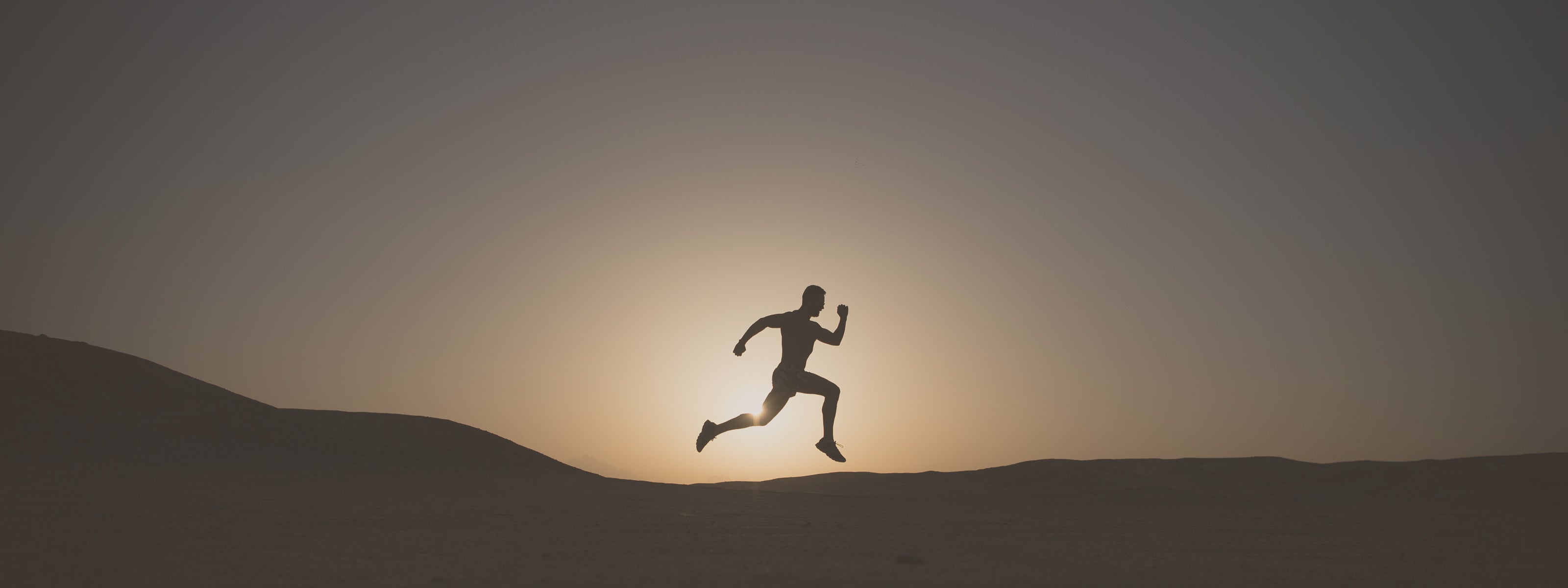
FOOT BLISTERS: PREVENTION AND REMEDIES
Dr. Lorenzo Lotti, Running Coach
Raise your hand if you're a runner and have never had to deal with foot blisters or hot spots!
Foot blisters are among the most common annoyances for runners and walkers alike. While they may be a minor inconvenience for casual walkers, they can become a serious issue for runners—affecting performance and, in some cases, even forcing one to slow down or stop.
No one wants to throw away months of marathon training because of a blister.
Why Do Blisters Form?
Blisters and hot spots develop from excessive pressure or repeated friction on a sensitive area of skin. For example, they often appear when the skin of the foot rubs against a poorly fitting shoe—whether too tight or too loose.
Heat and sweat can make things worse. High temperatures cause the foot to sweat more, which increases friction and softens the skin, making it more vulnerable. New shoes are also a common culprit, as their uppers may still be stiff, and your feet are not yet accustomed to them.
Tips to Prevent Blisters
Wear Properly Fitting Running Shoes
Choose the right size for your running shoes. Keep in mind that feet swell during runs—if you're between sizes, opt for the slightly larger one, especially for long runs or races (half-marathon and above). Try on shoes in the afternoon, when your feet are naturally more swollen.
However, avoid shoes that are too big—your foot may slide around inside, increasing friction. The ideal shoe should have an insole approximately 1–1.5 cm longer than your foot.
Break in Your Shoes Before Race Day
Bought a brand-new pair of racing shoes? Great! But make sure to break them in with at least a couple of short runs before race day. This helps you identify any potential rubbing points and lets your foot adapt to the fit.
Try Toe Socks
To prevent blisters between the toes, some runners use toe socks. These provide a layer of fabric between the toes, helping absorb moisture and preventing skin-on-skin friction.
Use a Preventive Foot Cream
Apply a preventive cream such as BeC’s Crema Podalica C.R.P., which delivers a refreshing sensation to the feet and relieves tired, heavy legs.
Its hydrating action helps manage dry, overworked areas of the foot that are prone to friction and cracking. It’s also helpful against calluses and corns. The cream protects the skin from mechanical stress (like excessive rubbing) and from temperature swings, which can cause cold-related conditions like chilblains.
How Does It Work?
-
Talc reduces excessive sweating through its absorbent action.
-
Tea Tree oil and antiseptic essential oils help protect against fungal infections and bacterial overgrowth—common causes of bad odor from wearing closed shoes all day.
-
The formula is Nickel Tested, ensuring skin compatibility.
How to Treat Foot Blisters
Even with all the prevention in place, sometimes blisters still appear. Here’s a simple treatment routine you can follow using BeC products:
-
Foot bath with 10 drops of Idrobagno i.u.
-
Disinfect the blister with a few drops of Liquido Sanitizzante
-
Support healing by applying a few drops of Lemon Essential Oil
-
Apply Crema C.R.P. to the blister, ankle, and entire foot
-
Support from within using Radical Stop®, a food supplement that helps neutralize free radical formation

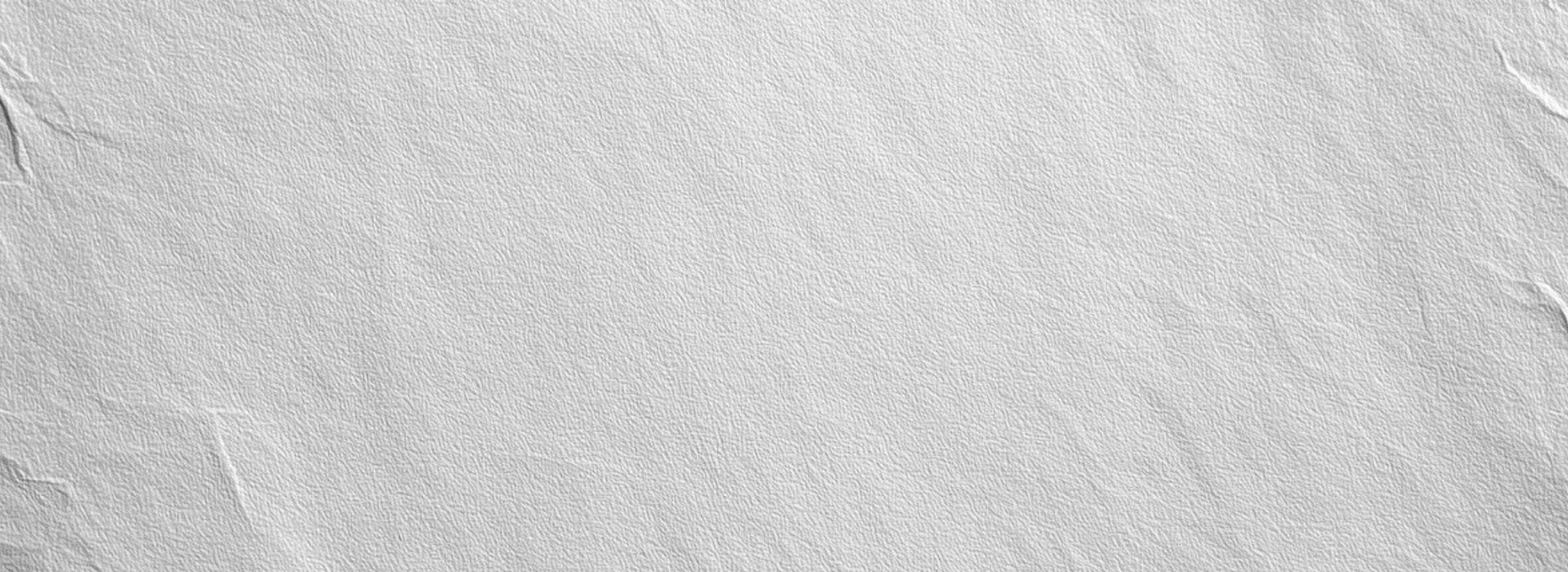
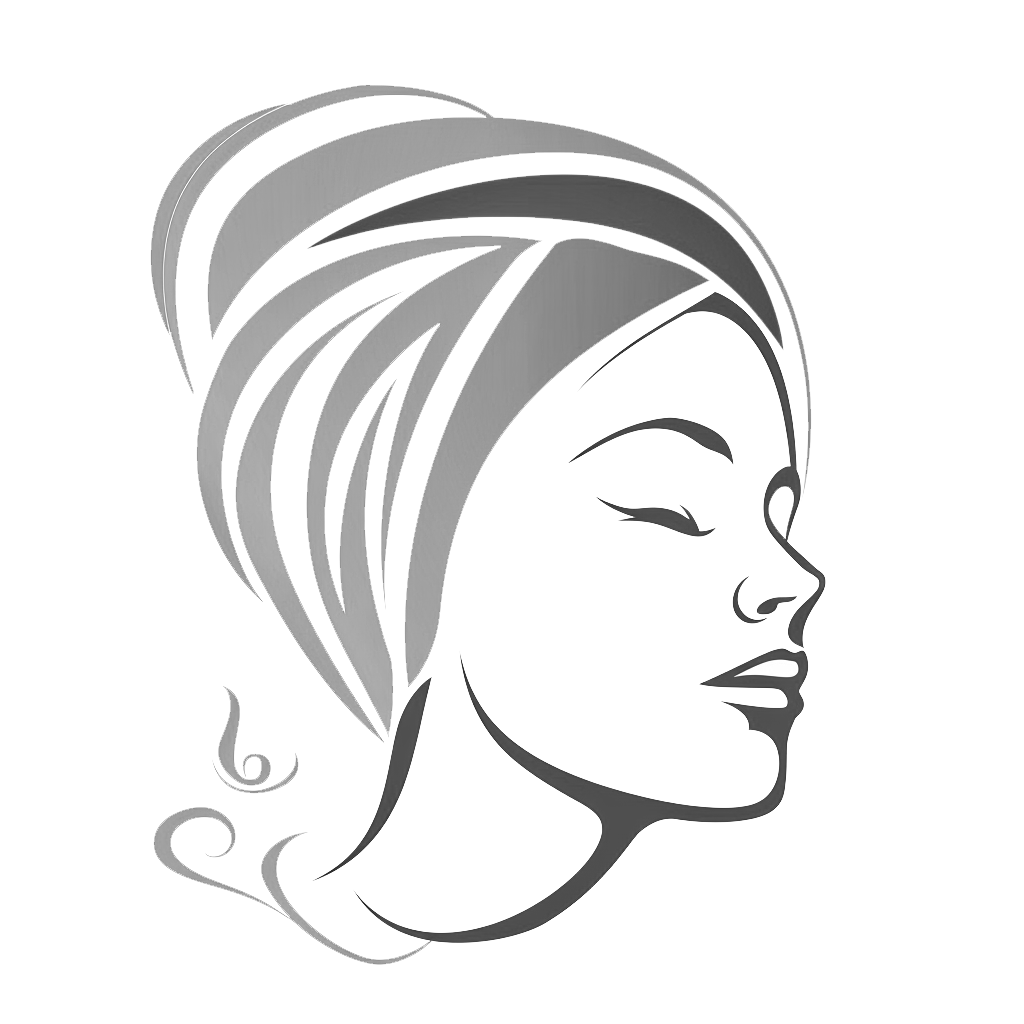
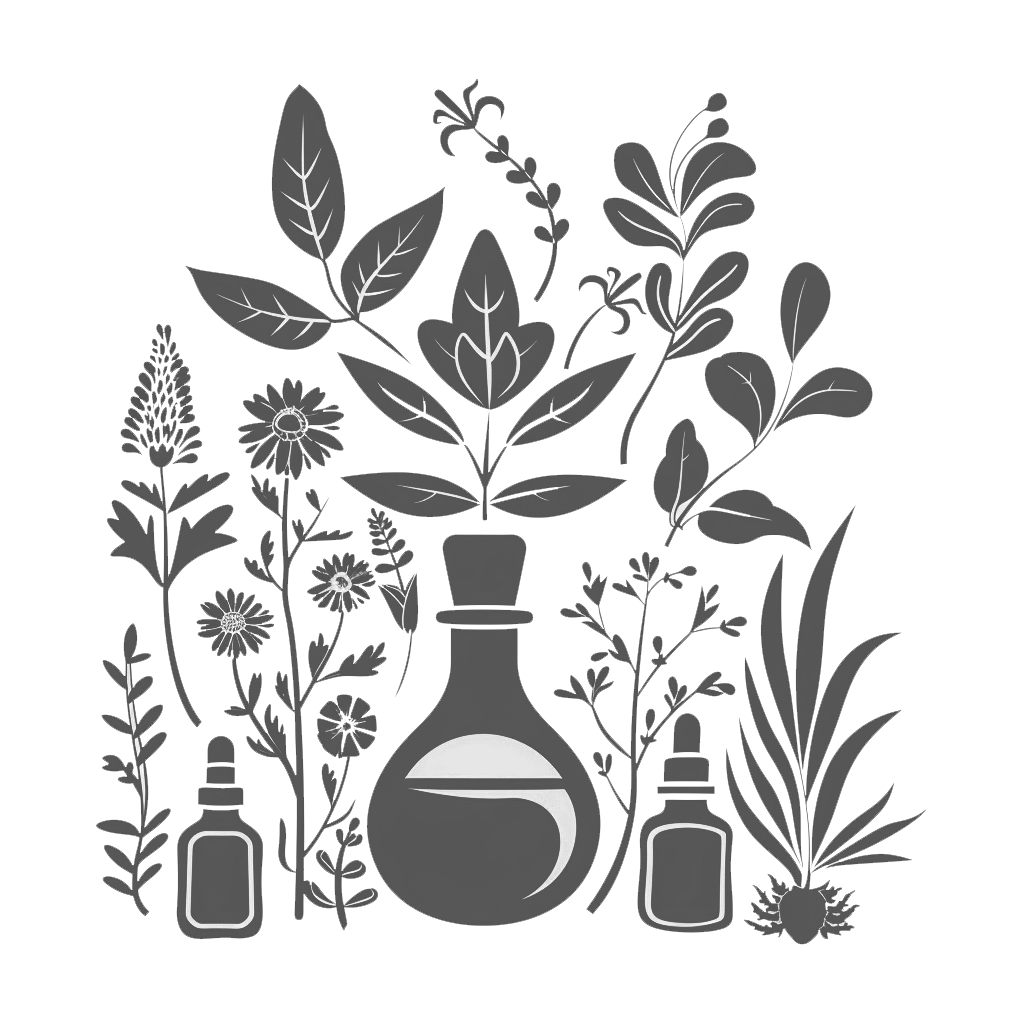
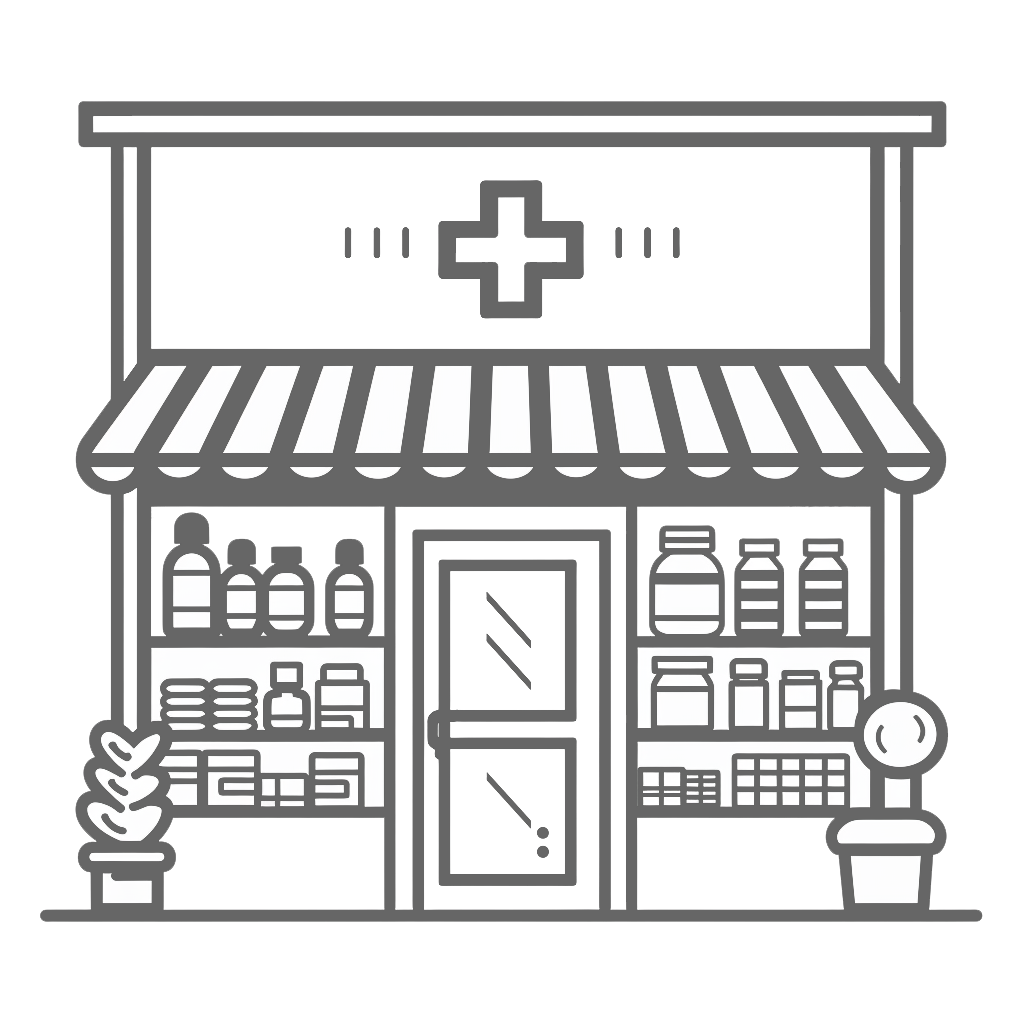
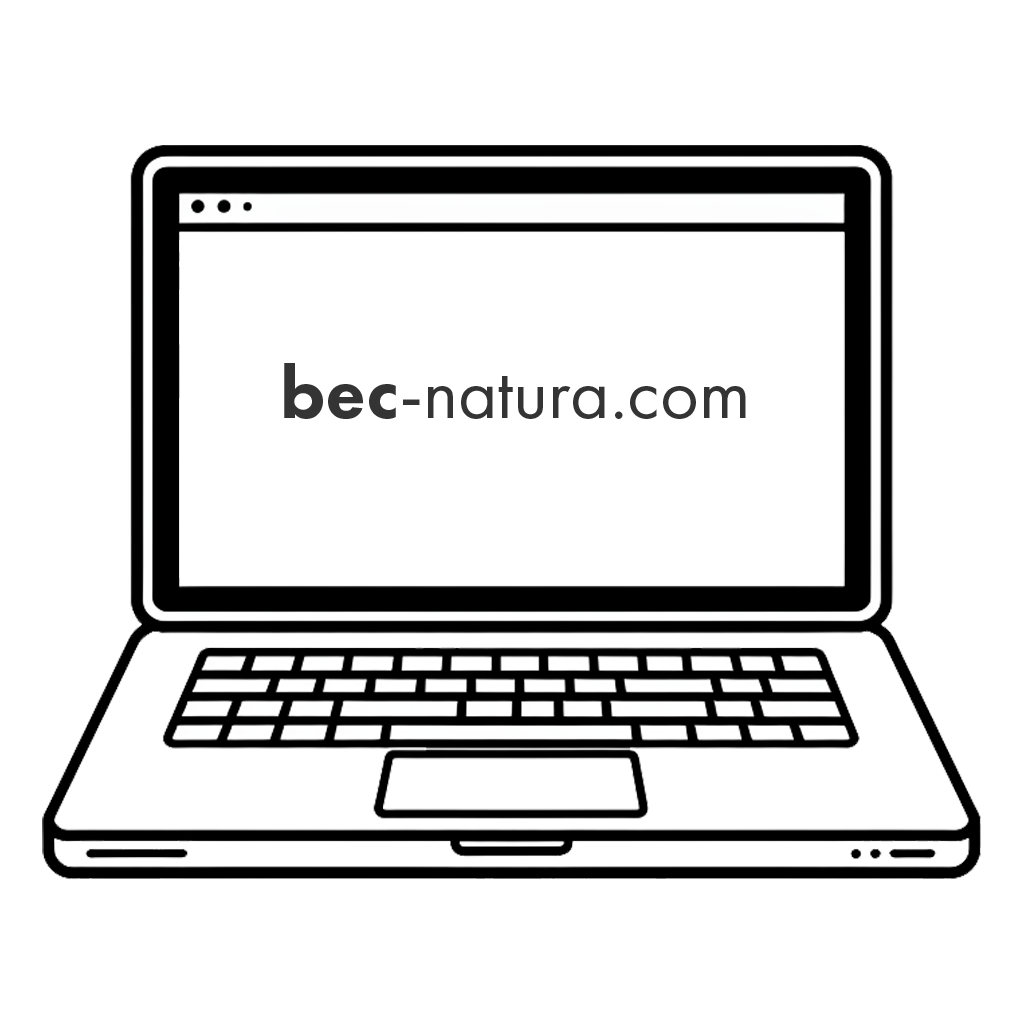
Leave a comment
This site is protected by hCaptcha and the hCaptcha Privacy Policy and Terms of Service apply.